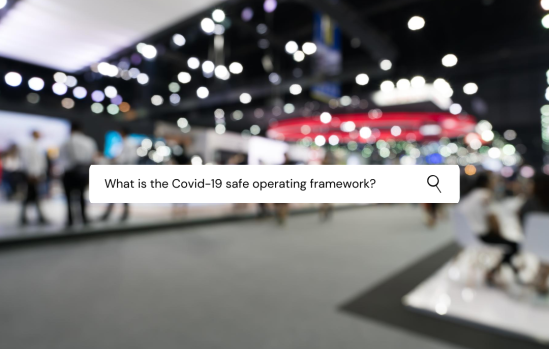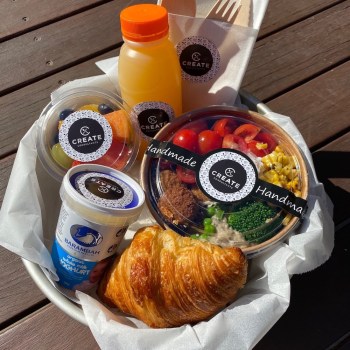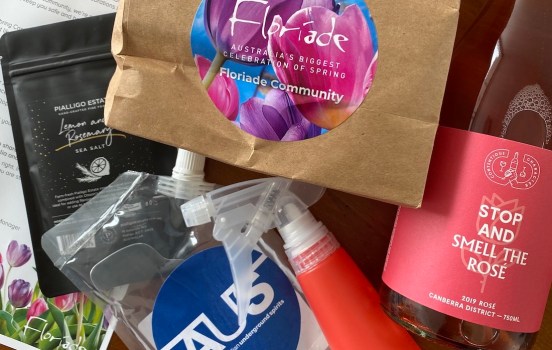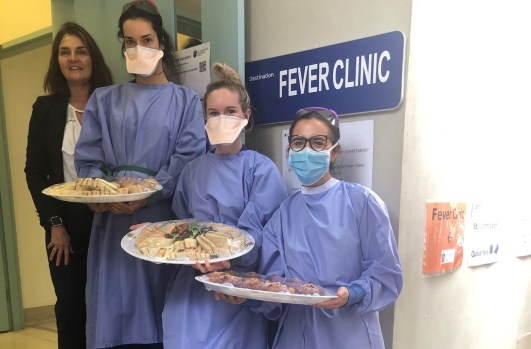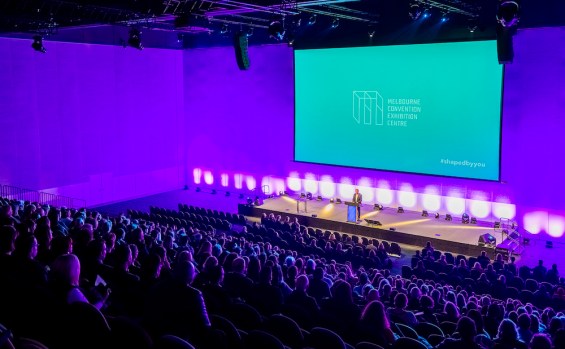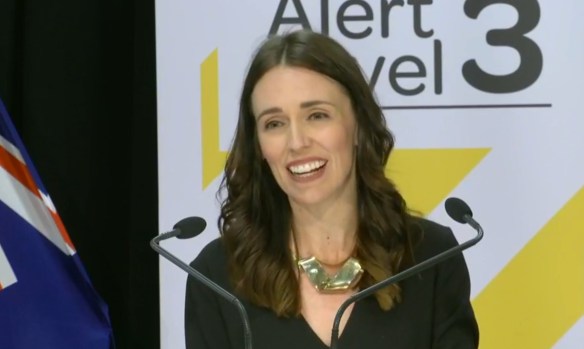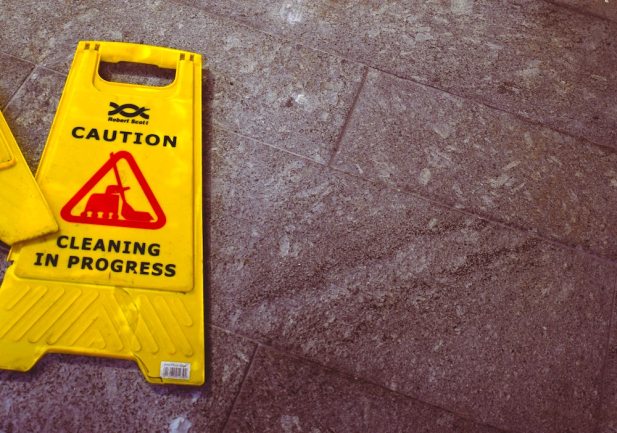
Poorly trained COVID-19 marshals and tasking employees with cleaning are among the common mistakes putting the health and safety of employees and visitors at risk.
Lisa Macqueen, co-founder and director at Australian anti-viral commercial cleaning company Cleancorp, has seen her fair share of mistakes in hygiene and cleaning protocol.
“At Cleancorp, we have been on the frontline of the COVID-19 pandemic, having cleaned and sanitised more than 1,000 premises and received thousands of commercial enquiries since March,” she says.
“Unfortunately, we have seen a significant proportion of organisations cutting corners or unaware of what the difference is between cleaning and COVID-19 disinfection services, thus putting in place poor practices that are doing little to protect employees and visitors from infection.”
As people start returning to work and events, Macqueen says workplaces and venues have a responsibility to minimise virus-related risks on site.
“They must be aware that old-fashioned cleaning practices, such as merely wiping down surfaces or using a single cloth for multiple surfaces, are inadequate for keeping surfaces virus-free,” she says.
Here, Macqueen reveals the eight common health and safety mistakes to avoid on your premises:
1. Failing to update to a new contingency plan
As fit-for-purpose disinfection equipment and chemicals have become more available and less costly since the start of the pandemic, the price of anti-viral commercial cleaning has also gone down. However, many businesses still use the COVID-19 contingency plans they developed in February or March, which locked in a preferred cleaning supplier at a high cost.
“If they haven’t already, organisations should revisit their contingency plans to ensure they are not being overcharged or are locked into an old pricing schedule when they could be shopping around for more competitive rates,” says Macqueen.
2. Tasking employees with cleaning
Many businesses have tasked their employees with cleaning tasks throughout the day. However, Macqueen warns if the organisation and its employees have not received infection control training and are not following best practice methods, it is at the expense of the health and safety of all people on site.
3. Missing crucial touchpoints
Whether it’s employees cleaning throughout the day or professional cleaners coming in outside of hours, many important touchpoints are being forgotten. These include surfaces underneath chairs in hospitality premises – and the chairs themselves.
4. Relying on spray-and-wipe techniques
In too many commercial premises, Macqueen sees surfaces being sprayed and then immediately wiped when the key to properly disinfecting surfaces is allowing disinfectants to ‘cure’ for 10 minutes before wiping down. When cleaning an area that has had a confirmed case of COVID-19, hospital-grade disinfectants need to be used in the curing process. Letting a disinfectant cure ensures all bacteria is eradicated before wiping away.
5. Lack of transparency around cleaning practices
It is not uncommon for businesses to display signage about COVID-19 and how to wash hands correctly. However, to demonstrate they prioritise the health and safety of employees and customers, businesses should also provide information about their effective infection control practices and products.
“Greater transparency from organisations around the cleaning tools, disinfectants, agents and techniques they are using is crucial for gaining the trust of their workers and customers, as well as ensuring that these people feel safer and more confident about their personal health and safety,” says Macqueen.
6. Implementing rules for legislative compliance only, rather than for people’s safety
Macqueen says many organisations have taken steps to convey their compliance with government requirements to avoid fines or negative publicity, instead of doing so with the aim of making people safe. An example is a business placing a COVID-19 Safe Hygiene marshall on their premises who is not trained to identify and implement hygiene, social distancing and other safety measures on-site.
7. Using the same cleaning materials across multiple areas
Despite risks of cross-contamination, cleaners at sites, such as restaurants, cafes and gyms often use the same cloth to wipe down multiple pieces of equipment, tables, surfaces and rooms. Clean wipes must be used for every piece of equipment shared between people and rooms. Sufficient instruction and supervision should be provided to make sure that these surfaces are properly sanitised.
8. Applying the same rules to confirmed COVID-19 sites
How cleaning staff manage physical distancing is just as critical as how employees manage it. Organisations need to check that cleaners conducting a deep clean on a confirmed COVID-19 site follow more stringent social distancing on site.
“At Cleancorp, we have extended the 1.5-metre rule to 10 metres to ensure there is no close contact between our staff on a confirmed COVID-19 site,” says Macqueen.
“We have also taken measures to ensure that all cleaners wear PPE before entering the site and have no contact with the client.”
A family-owned business with 25 years’ experience, Cleancorp provides cleaning and sanitisation for hundreds of organisations across Australia and New Zealand.
